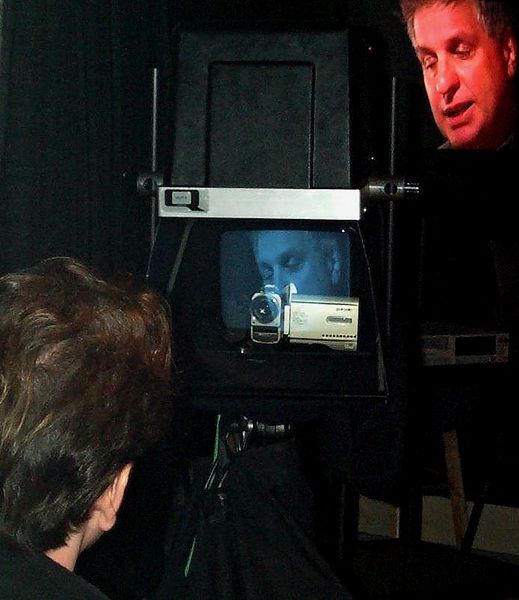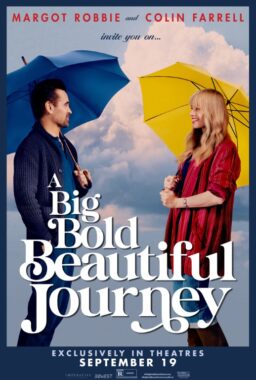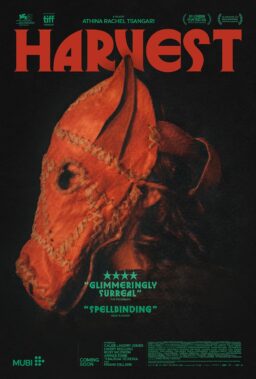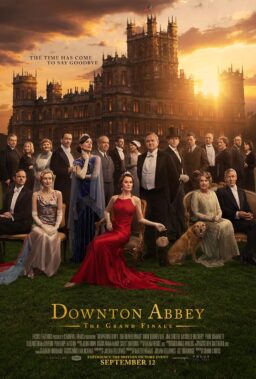PARK CITY, Utah — There is a tall curtain at one end of the room, and from time to time, Errol Morris peeks out from behind it like the Wizard of Oz. All of the seats are taken in the House of Docs for his demonstration of his latest interviewing device — Megatron, Son of Interrotron — at this year’s Sundance Film Festival. Technicians scurry about, wearing ski parkas instead of white lab coats, but nevertheless looking like the minions of a James Bond villain, about to demonstrate a device that will (cackle) gain control of mankind.
In the audience, other famous documentarians have gathered like scientists about to see their sacred theories overthrown. I see Freida Lee Mock, who won the Oscar for “Maya Lin: A Strong Clear Vision“; George Nierenberg, who made “Say Amen, Somebody“; Kate Davis, who is here with “Southern Comfort“; Anne Makepeace of “Baby, It's You,” and Mark Lewis of “Cane Toads” and “Natural History of the Chicken” fame. Reid Rosefelt, Morris’ publicist, presides like a Vatican protocol chief.
I grab a reserved seat in the front row. It is not reserved for me, but I do not stand on ceremony. I would want to be up front for Einstein, too. “It is time to begin,” says Rosefelt, and from the loudspeakers we hear Errol Morris’ disembodied voice: “Yes, I think so, too.”
Rosefelt sits in a straight chair in front of the curtain. He looks into what appears to be a Teleprompter. On a screen high and to the right, we see the face of Errol Morris. Another screen, to the left, is split into four segments, all showing different views of Morris.
“When Reid is looking into the camera in front of him, he is looking straight into my eyes,” says the voice of Morris. “And I am looking straight into his.”
I am ready for him to start swinging a gold watch on its chain, while Rosefelt goes into a trance and promises never to send out another press release. Instead, Morris explains the theory of the Megatron, a revolutionary improvement on the Interrotron.
But let’s back up a second. Morris is perhaps the most famous and successful documentary filmmaker in America. He will soon relaunch his TV program “First Person” on cable’s Independent Film Channel. An earlier incarnation on Bravo was described by Time magazine as one of the year’s 10 best TV shows.
Morris’ credits include “Gates of Heaven,” a pet cemetery documentary, which I regard as one of the 10 best films of all time, as well as “The Thin Blue Line,” which freed an innocent man from Death Row in Texas; “A Brief History of Time,” starring physicist Stephen Hawking; “Fast, Cheap and Out of Control,” which was about intelligent robots, lion tamers, topiary gardeners and naked mole rats, and “Mr. Death: The Rise and Fall of Fred A. Leuchter, Jr.,” the story of a Holocaust denier whose dream is to invent more humane execution devices. Morris’ TV show has featured films on Temple Grandin, the world’s leading designer of cattle-handling systems, even though she is autistic; and a parrot that was an eyewitness to a murder (but can its testimony be believed?).
On many of these films, Morris used the Interrotron, his own invention. “I like the name,” he explains, “because it combines the words interview and terror.” It also reminds him of alien devices in ’50s science-fiction movies. Instead of sitting face to face with his interview subjects, he has them look into a TV camera. They see Morris’ face reflected on a screen. Morris looks into another camera and sees the subject. One is somehow not surprised to learn that two-way mirrors are involved.
Morris likes this approach because (a) “This way the subject is looking straight into the eyes of the audience, instead of off to the side of the camera,” (b) “I can maintain unbroken eye contact,” (c) “People will say things to a TV camera they won’t say to a human being,” and (d) “Sometimes if I just pause and wait, people feel compelled to say something because the Interrotron is waiting, and so they speak, even if they don’t mean to.”
Reason (d) is buttressed by Morris’ 20-Minute Rule. This is his theory that if you let people talk for 20 minutes without interrupting them, they will start spilling the beans whether they want to or not.
How does the Megatron differ from the Interrotron? It can use 20 cameras instead of one. The split screen behind Rosefelt was showing the views from four of them. This capability doesn’t change the eye-to-eye interview experience, but does allow Morris a greater selection of different kinds of shots when he is editing.
Morris had his technicians turn the camera from Rosefelt to the audience for questions. He could see his interrogators, and they could see him a spectral black-and-white presence inside the camera. He said he had toyed with marketing the Megatron, but for now prefers to keep it proprietary. To be sure, there didn’t seem to be an enormous demand; Mock, Davis and Makepeace were not jostling for a look behind the curtain, and Lewis and Nierenberg had adjourned to the House of Docs Cafe for coffee and oatmeal muffins. So for the foreseeable future, Morris may have the Megatron all to himself.
He likes it that way. “I am toying with the idea,” he said, “of an Interrobot, which I could send to your house while I stay in the studio.”












